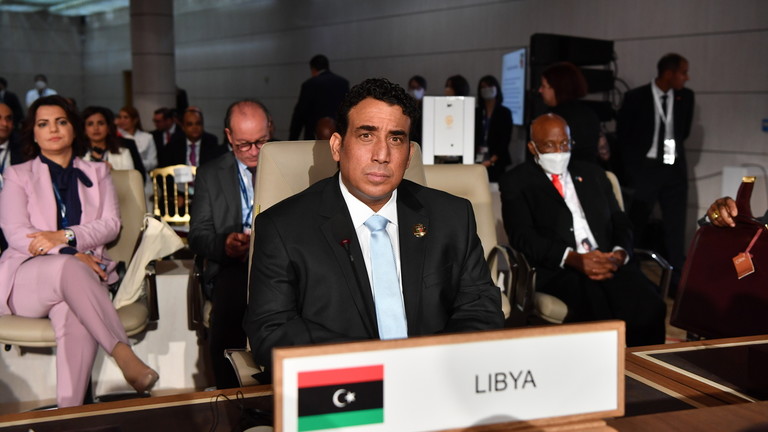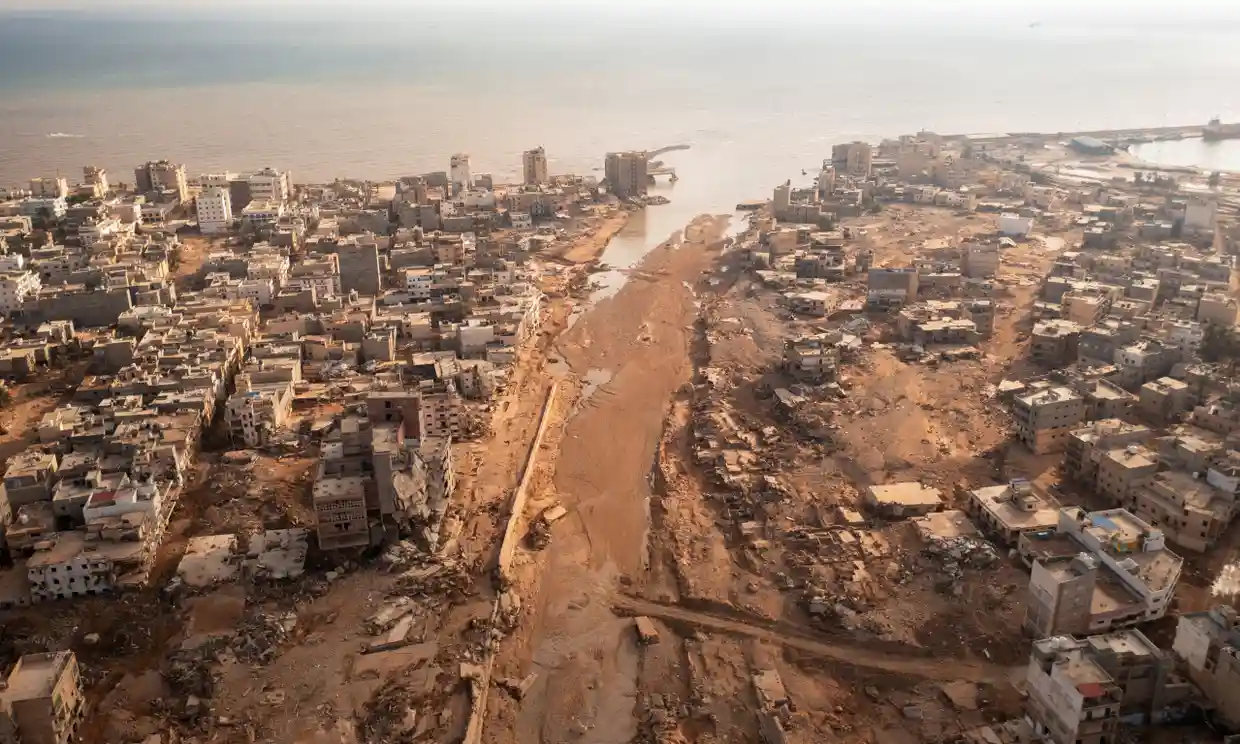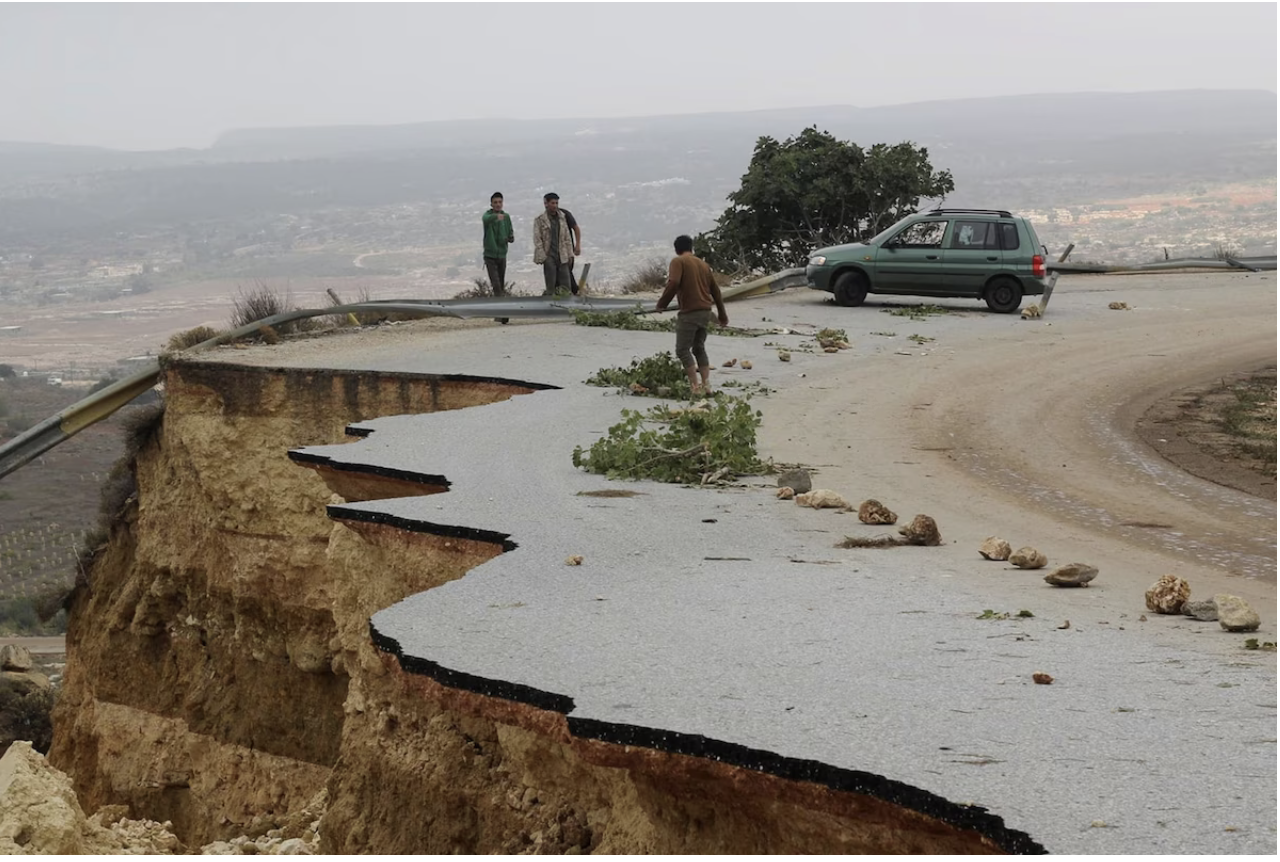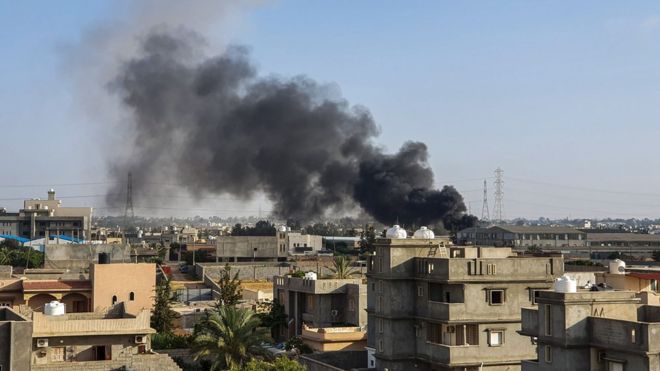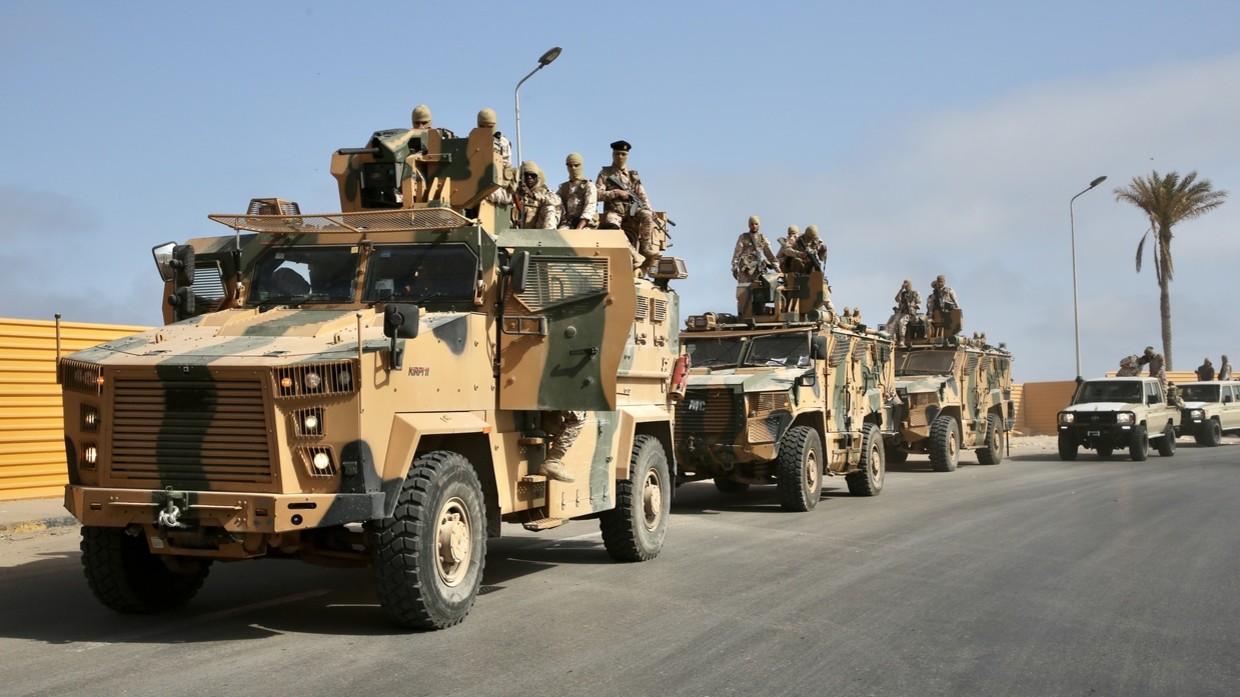
This article is more than
8 year oldSon of late Libyan dictator Muammar Gaddafi, Seif al-Islam, released after five years detention
A statement by his captors, the Abu Bakr al-Siddiq Battalion, said Seif al-Islam was released on Friday, but gave no details on his whereabouts.
Local media reports suggested he was in the eastern city of Bayda with relatives.
Battalion officials reached by The Associated Press at Zintan, a town south of the capital Tripoli where it is based, confirmed his release.
REVEALED: Trump praised for Qatar scolding

They declined to disclose his whereabouts, citing concerns over his safety.
They said his release was decided as part of a recent pardon issued by the Libyan parliament based in the country’s eastern region.
The parliament in the city of Tobruk is part of one of three rival administrations in Libya, evidence of the chaos that has prevailed in the country since Gaddafi’s ouster and death.
Gaddafi’s son was captured by the battalion’s fighters late in 2011, the year when a popular uprising toppled Gadhafi after more than 40 years in power.
He was later killed.
The uprising later plunged the oil-rich North African nation into a ruinous civil war in which Seif al-Islam led Gadhafi’s loyalist forces against the rebels.
THE FACE OF LIBYA
Seif al-Islam was the likely successor to his father Moamer Kadhafi and had appeared destined to become the modern face of Libya.
But the NATO-backed revolution, inspired by the 2011 Arab Spring, swept through Libya and his fate changed for ever after his father and veteran dictator was ousted and killed in October that year.
REVEALED: May’s coalition of chaos

Days later in November 2011, Seif al-Islam, whose name means sword of Islam, was arrested by an armed group and held in their northern hilltop stronghold of Zintan southwest of Tripoli.
Since then he has been in a legal tug-of-war between the International Criminal Court and the Libyan authorities.
In June 2011, ICC judges issued arrest warrants for Seif al-Islam, his father and for spy master Abdullah al-Senussi, for crimes against humanity relating to the bloody repression of the uprising.
Born on June 25, 1972, Seif al-Islam is the second of Kadhafi’s eight children, the eldest son of his second wife Safiya.
Widely seen as Kadhafi’s heir-apparent, he was often described as the Libyan leader’s “playboy” son.
He received a doctorate from the London School of Economics, but held no official post.
He carved out influence as a loyal emissary of Kadhafi’s regime and architect of reform.
He was anxious to normalise ties with the West and in 2007 launched the country’s first private television station and two newspapers.
LOCKERBIE NEGOTIATIONS
Seif al-Islam shot to prominence in 2000 when the Kadhafi Foundation that he headed negotiated the release of Western hostages held by Muslim rebels in the Philippines.
In 2007, he served as a mediator over the 2007 release of Bulgarian nurses who were jailed over a hospital AIDS outbreak.
He also negotiated compensation agreements for the families of those killed in the 1988 Lockerbie plane bombing and of UTA Flight 772 in 1989, both of which were blamed on Libya.
Tall and trim, Seif al-Islam long served as the face of Kadhafi’s regime in the West, appearing in suit and tie and speaking English fluently but also German and some French.
But his reformist image vanished quickly in the uprising against his father’s 42-year dictatorship, launched from the eastern city of Benghazi in February 2011.

Seif al-Islam became the defiant face of the embattled regime, appearing on television or giving news conferences to warn that opposition forces would be crushed.
“We will not submit, we will not abandon the fight,” Seif said in his last speech broadcast on television on August 21.
Seif al-Islam and eight other Kadhafi-era figures, including Senussi, were sentenced to death by a Tripoli court in July 2015.
Kadhafi’s son was not in court during the Tripoli hearings, but was able to testify via videolink from Zintan.
In June last year, new lawyers representing Seif al-Islam announced they would ask the ICC to quash the case against him, basing their argument on the so-called principle of “double jeopardy”.
“The reality is that a trial has taken place. He has been tried and convicted in Libya. It’s a clear principle of law that one cannot be tried twice for the same offence,” veteran defence lawyer Karim Khan said at the time in The Hague.
Three of Kadhafi’s seven sons were killed in the 2011 uprising.

One who survived, Saadi Kadhafi, is facing trial in Libya for the murder of a football coach in 2005 and alleged repression during the revolt.
Seif al-Islam’s mother, Safiya, and three of his siblings found refuge in Algeria in the wake of the revolution and then later in Oman
